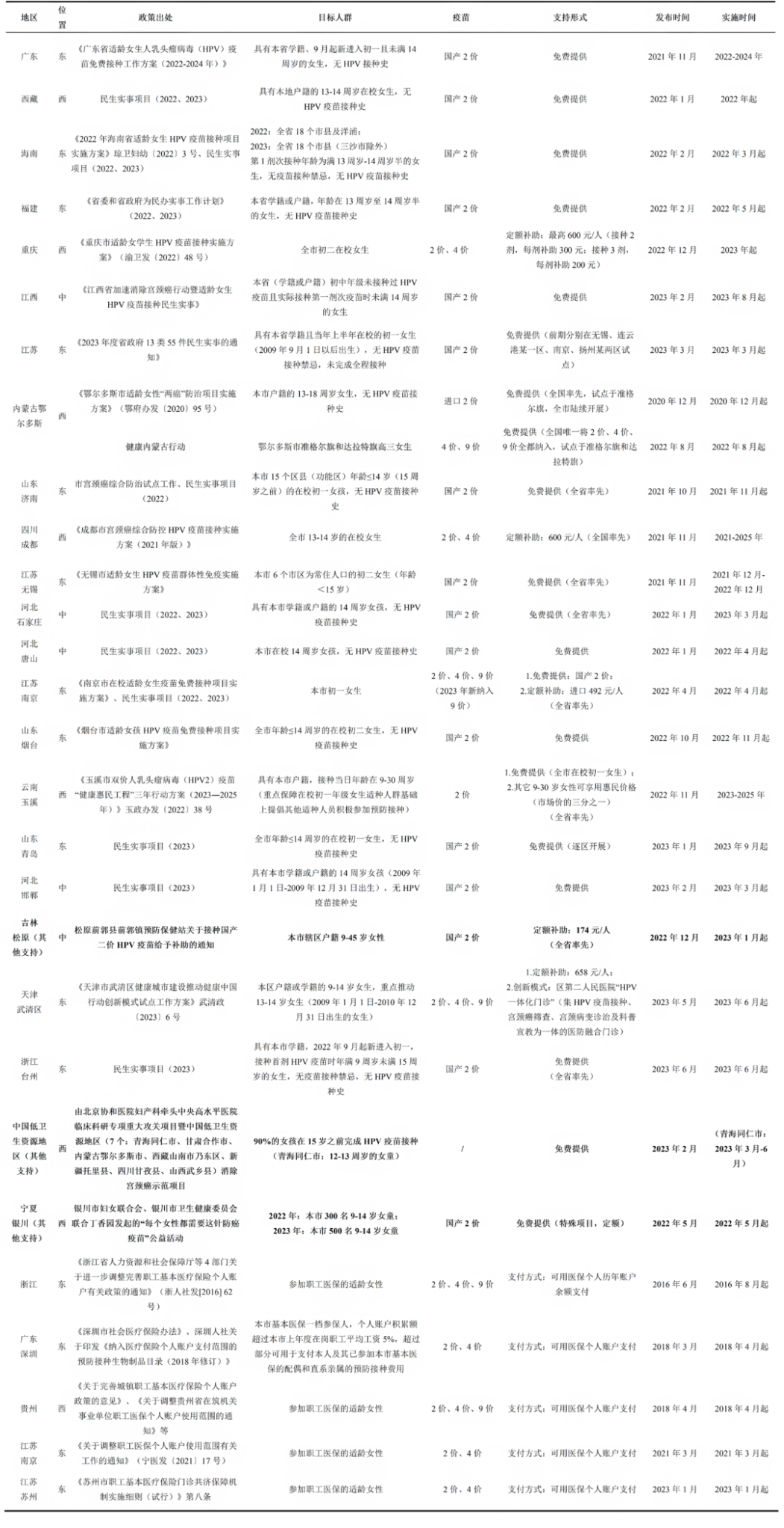This study was conducted by Fang Hai and team from Peking University and published in Human Vaccines & Immunotherapeutics, assessing the potential health impact and cost-effectiveness of introducing Rotateq, Rotarix, and Lanzhou lamb rotavirus vaccine (LLR) into China’s national immunization program. A decision-tree Markov model was adopted to follow the 2019 birth cohort. The study concluded introducing the RV vaccine in China’s NIP is expected to be cost-effective compared to the GDP per capita. Reducing vaccine prices and adopting vaccines with better efficacy would be the future focus.
Factors affecting caregivers’ HPV vaccination decisions for adolescent girls: A secondary analysis of a Chinese RCT
This research, led by Prof. Jing Li from Sichuan University, in collaboration with Prof. Dan Wu from Nanjing Medical University, was published in PLOS ONE. Based on a randomized controlled trial conducted in Chengdu, China, the study investigated key factors influencing caregivers’ actions to vaccinate adolescent girls against HPV. The results highlighted the significant role of a novel “pay-it-forward” intervention in doubling HPV vaccine uptake. Other factors, including caregivers’ knowledge, intention to delay vaccination, occupational status, and prior vaccine refusal, were also strongly associated with vaccination behavior. Recommendations to promote universal and equitable access to HPV vaccine through targeted health education, financial support and community engagement.





